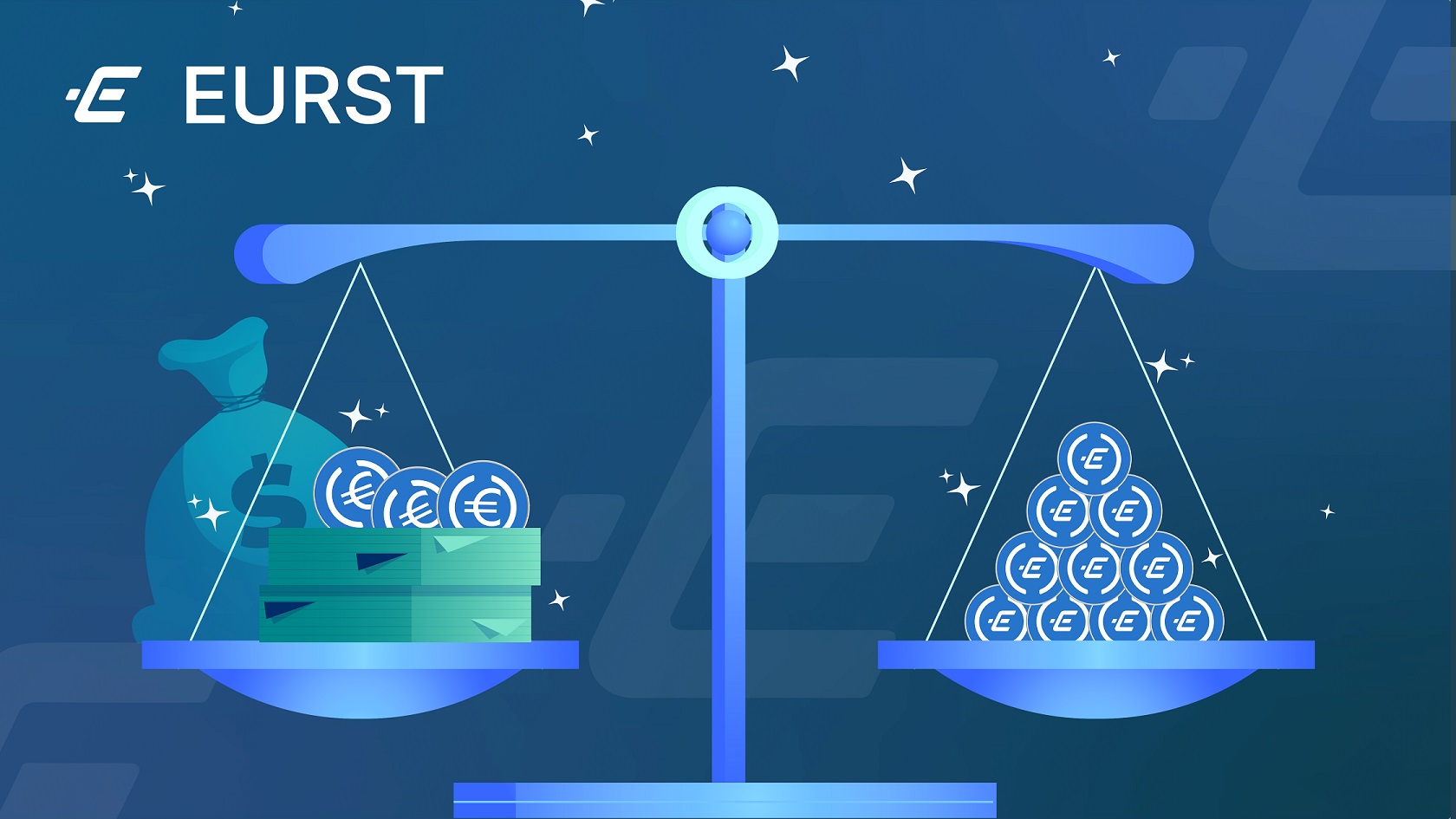As more and more investors gain awareness of their utility, the demand for stablecoins pushes higher and higher. Of the top ten coins by CoinMarketCap, two are stablecoins; of the top fifteen – three; and of the top twenty – four.
For investors wondering which to use, it is important to know that not all stablecoins are created equal.
What are Stablecoins
Stablecoins are a type of cryptocurrency whose per-token values are kept equal (or “pegged”) to the value of another asset – such as a FIAT currency, precious metal, or security.
Stablecoins typically derive their peg from an underlying reserve (or “collateral”) of assets – which can also include FIAT currency, precious metals, and securities, in addition to bonds, treasuries, and cash equivalents.
For example, the popular stablecoin USDC is pegged 1-to-1 to the U.S. Dollar, and is backed by collateral made up of cash, cash equivalents, and short-duration U.S. Treasuries. This means that the value of a single USDC token will always equal $1 USD, and that $1 USD total worth of cash, cash equivalents, and short-duration U.S. Treasuries are kept saved for every single USDC token in circulation.
Collateralized vs Algorithmic Stablecoins
Most, but not all, stablecoins derive their peg from collateral. Some, called algorithmic stablecoins, do not.
Algorithmic stablecoins are pegged to the values of other assets using smart contracts that increase or decrease their supply based on their current market values. When an algorithmic stablecoin is trading above its peg, coins are minted, reducing its value; when an algorithmic stablecoin is trading below its peg, coins are burned, increasing its value.
Collateralized stablecoins are minted or burned when assets are deposited to or withdrawn from their reserves. In the case of collateralized stablecoins pegged to the U.S. Dollar, such as USDC, one coin is minted for every $1 USD deposited into their reserves, and one coin is burned for every $1 USD withdrawn from their reserves.
The most important factor in evaluating stablecoins is how well they maintain their pegs. Collateralized stablecoins require liquid assets, assets that can quickly be traded, in order to respond to changes in supply and demand. Algorithmic stablecoins do not use collateral, instead relying on smart contracts, hypothetically yielding infinite liquidity.
However, there are three important factors that can easily destabilize the pegs of algorithmic stablecoins, making collateralized stablecoins superior.
- Quick changes in exchange rates can temporarily destabilize algorithmic stablecoins, exposing payments and transfers to risk.
- Algorithmic stablecoins rely on external data, such as exchange rates, to control supply and maintain their pegs. Poor quality data, delays in data reporting, and data errors can all destabilize algorithmic stablecoins.
- Smart contract risk, the risk that bugs exist in the code of their smart contracts, can lead to catastrophic consequences.
While collateralized stablecoins are higher in quality than algorithmic stablecoins, some are better than others.
Liquid collateral, like cash, is best for stablecoins, as it can be moved more quickly than other assets. Cash collateral allows the supply of stablecoins to quickly inflate or deflate, ensuring precise control of their pegs.
Best Collateralized Stablecoin for the U.S.
There are many stablecoins on the market, most of which are pegged to the US. Dollar. Some popular examples include USDC, USDT, GUSD, and BUSD. Of these, only GUSD (Gemini Dollar) and BUSD (Binance USD) are 100% backed by cash, making them the highest in quality.
Best Collateralized Stablecoin for Europe
As cryptocurrency takes hold internationally, and U.S. regulations decrease its favorability as a base for cryptocurrency development, stablecoins pegged to the values of other FIAT currencies are emerging.
EURST, pegged 1-to-1 to the value of 1 EUR in U.S. dollars,, is the first Euro representative digital currency. And, Europeans are in luck – it is 100% backed by a cash reserve, making its collateral extremely liquid.
Moreover, token holders can benefit from the insurance on the deposits backing the EURST, of up to 250,000 USD – more than double of what a deposit in a regular EU bank would give.
In fact, EURST’s collateral is fully transparent and audited in real time. Anyone can see EURST’s balance of collateral to supply, easing any potential worries over the stability of its peg. Due to its full cash collateral, EURST is able to easily maintain its peg by simply moving cash in and out of its reserve accounts, without the risk of reserves held in assets with uncertain value.
Conclusion
While they seem similar, not all stablecoins are equal. Collateralized stablecoins are kept stable using collateralized assets, while algorithmic stablecoins are kept stable using smart contract algorithms. Between these two types, collateralized stablecoins are best, as algorithmic stablecoins expose their users to unnecessary risk. And with the legislators accepting the stablecoins for payments, only the stablecoins with reliable collaterals are bound to stay.
EURST, which is collateralized by cash and pegged to the Euro, is preparing Europe for the new digital cryptocurrency economy.











